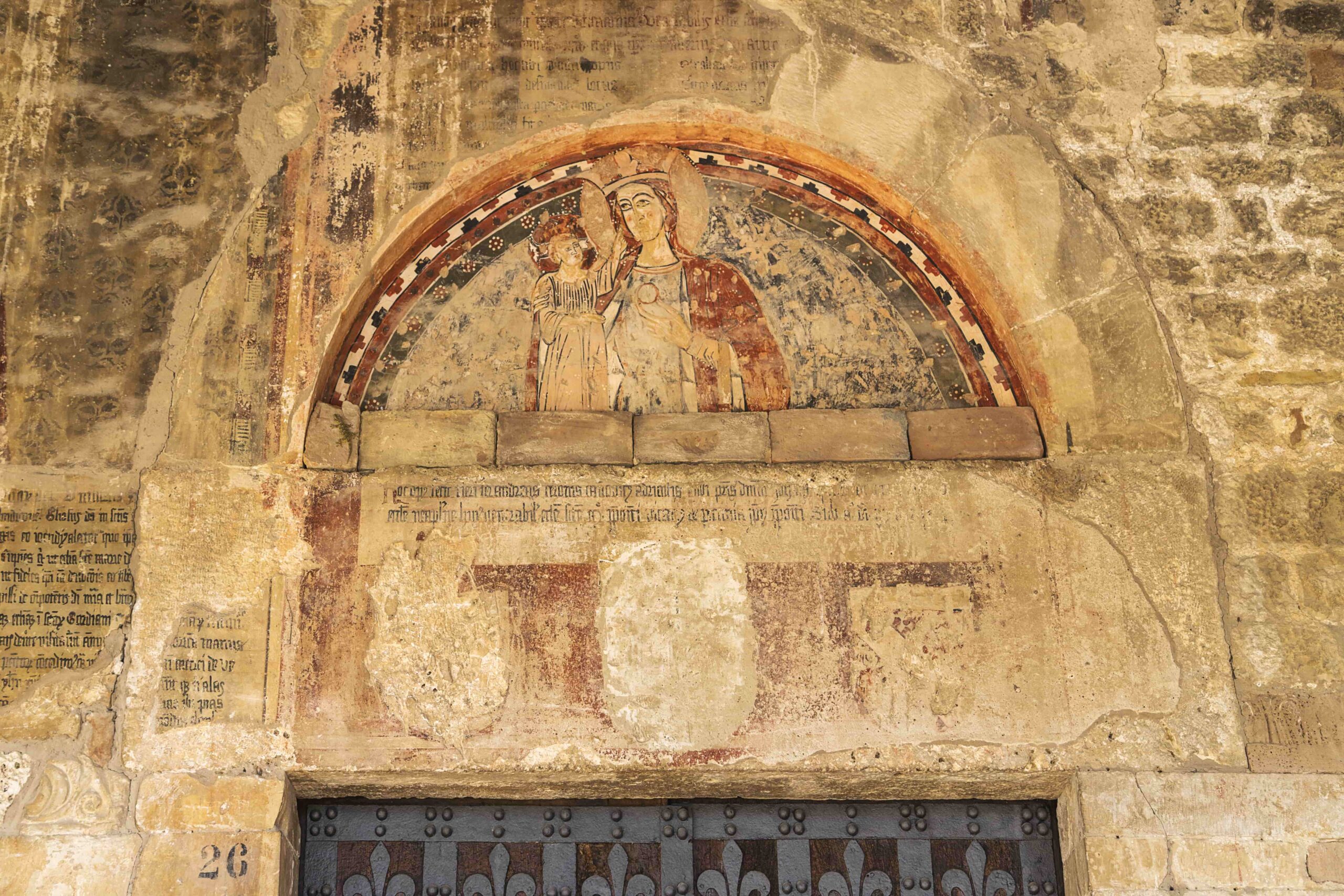That pile of stones, whose oldest part has maintained its 15th-century structure, today appears to us as a stately village.
In the town square, the Church of San Salvatore and San Nicola awaits you. It has a large rectangular plan, divided into three naves with five bays each. Inside there are wooden altars from the 1500s and 1600s, paintings by Ragazzini from the 1600s and a terracotta statue of the Madonna from 1500 of the Atrian school, perfectly restored.
Next to the church, we suggest you visit Palazzo De Gregoriis which houses the Museum of Peasant Civilisation, Arts and Popular Traditions: a rich exhibition of over 300 objects that recount more than two centuries of agricultural and artisan activities.
Nearby the village, surrounded by vineyards and olive groves, a must-see is the Abbey of Santa Maria di Propezzano, simple in its splendour, an important landmark along the Adriatic route to the Holy Land. According to tradition, it was built after an apparition of the Madonna, on 10 May 715, but the one we admire today should date back to 1285, in its Romanesque structure and typical layout of Benedictine monasteries. The stone portal, known as the Porta Santa (Holy Door), possibly the work of Raimondo di Poggio in the early 1300s, and the three-nave interior with 15th-century frescoes are splendid.
A couple of kilometres from the village, the former Convent of Sant’Antonio Abate, now privately owned, stands on a hill. A Franciscan settlement of the Friars Minor since 1260, it was recovered in the mid-19th century by the Rozzi family who decided to intervene, followed by the Cerulli family who, at the end of the last century, undertook important restoration work, concluded by the Marziani family, the current owners.
You cannot leave Morro d’Oro, however, if you have not tasted the the excellence of local flavour: Tortiglione oil. It is an ancient oil that comes from the traditional manual harvesting of olives; its name derives from the characteristic trunk that twists on itself. The olives of this variety ripen late, producing an oil rich in polyphenols, antioxidants, hence the characteristic bitter and spicy taste. We recommend pairing it with grilled meats and vegetable and legume soups.










